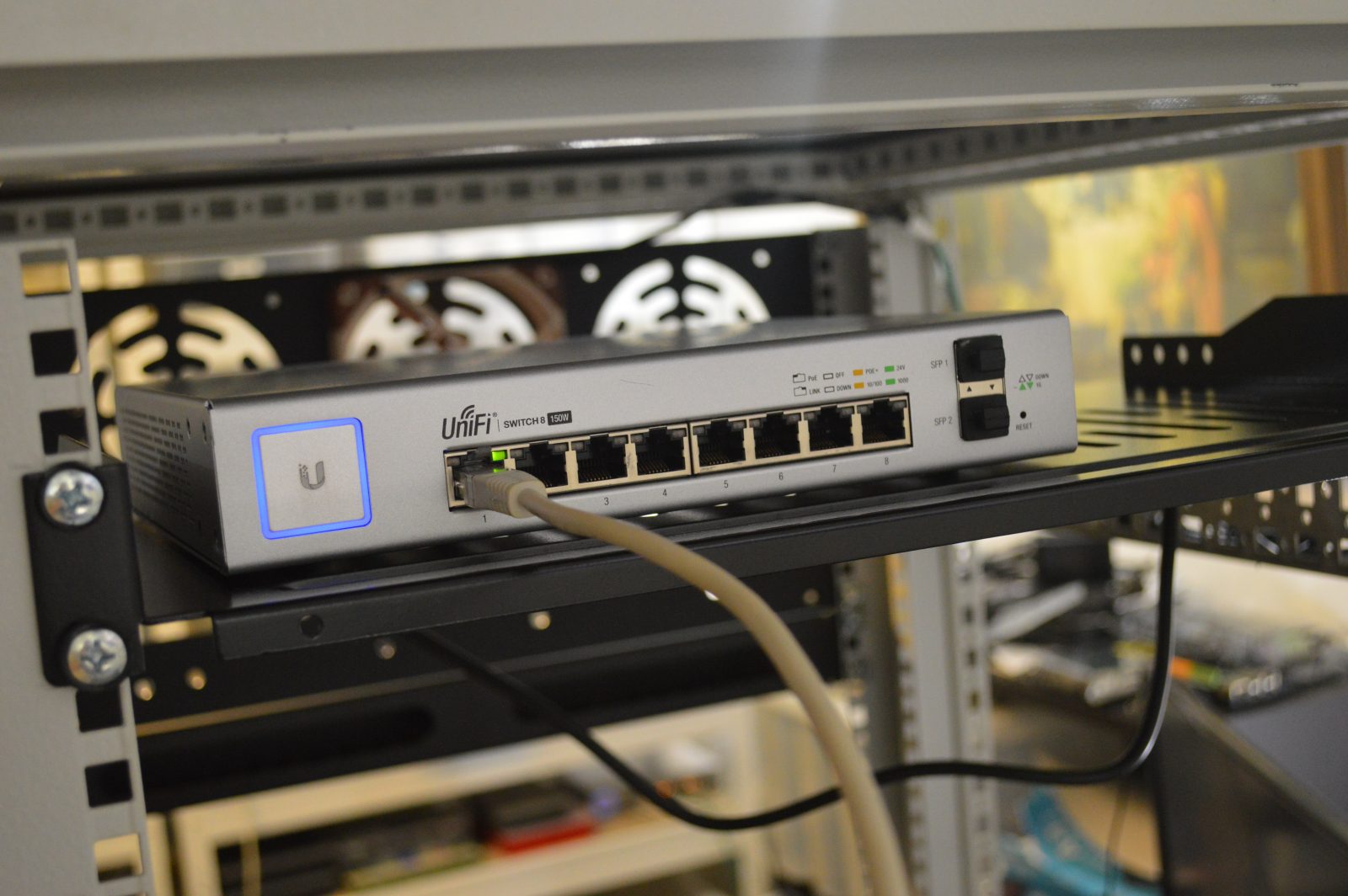
The Future of Enterprise WiFi

Imagining the future of technology is something that people have done for decades. Whether would-be inventors, engineers, entrepreneurs, storytellers, or others, playing with future possibilities has always been in-style. While many of these predictions look far into the future (2050 and beyond), enterprises need to know what the near future holds.
Here are a few likely scenarios and ways to prep your WiFi networks.
Future Technologies
More Immersive Devices
VR or smart glasses are about to hit the market in 2023. If we look five years into the future, it’s entirely probable that we will see these in the office. No, they won’t be worn by every employee, but a few employees, off-and-on throughout the day? That is likely.
Cloud-Only
Some enterprises may never be able to move fully to the cloud, but for others a cloud-centric design is already reality. With more cloud management technology entering the market, some of tomorrow’s network engineers will never work with on-premise servers.
High-Bandwidth Prioritization
WiFi 6 and WiFi 7 deliver higher maximum speeds and better network capacity. With these solutions already on the market, we are definitely going to see new technologies emerging that take advantage of these capabilities. The future could see 4K video as the new norm in office communications and presentations, with some of the technologies previously prioritized for gaming making their way into enterprises.
Battery-Free IoT Technology
There is interest in ambient power-enabled IoT devices and 802.11 WLAN support of these devices. Their creation and adoption are expected to reduce maintenance costs and further IoT applications in new arenas. The exploding Internet of Things is not stopping.
Devices Change, But Optimization Stays the Same
Thinking of some of these technologies being commonplace is astounding. However, while specific devices and capabilities are changing, the solutions needed for WiFi network optimization remain the same. That’s good news because it means that the solutions IT professionals use now will be just as useful in the future. More than useful, in fact, they will be just as critically necessary to safeguard business continuity.
Why? Because what enterprises need now is:
- AI-powered insights for immediate, real time analytics
- Proactive alerts to replace manual problem tickets
- Historical wireless traces to remove all network mysteries
- Automated troubleshooting to streamline problem resolution
These capabilities are necessary because WiFi and wired networks already consist of hundreds and thousands of data-intensive devices. These devices influence every department and user responsibility. Ensuring operational efficiency and business continuity depends on an optimized, reliable WiFi network. Achieving such a network is only possible with automated analytics because the sheer number of devices, software, and infrastructure makes it impossible for IT teams to analyze all network data in real time. Without real time insights, IT is left playing catch-up. This is not the mark of an optimized enterprise.
The devices that join the network in the future might change, but these necessities will not. If enterprises find a solution today that delivers on these needs, they can rest assured that it will continue to optimally work into the future.
This isn’t to say that new upgrades won’t be necessary. Solutions should be able to adapt to changes like new WiFi standards. However, the high-level capabilities will be the same.
Choosing Network Automation
Two technologies best deliver these business critical capabilities: AI-powered WiFi automation and network automation solutions. These solutions automate problem detection, notification, and mitigation for either the WiFi ecosystem (WiFi automation) or the WiFi and wired ecosystems (network automation).
Enterprises that adopt these solutions are secure in their knowledge that their network is available at all times and always able to meet user needs. As noted above, they protect operational efficiency with:
- AI support
With AI engines, these solutions learn to recognize normal network behavior. When that behavior changes, the solution recognizes the issue in real time and proactively alerts IT with recommendations for quick resolution. These actions are taken regardless of how many new devices join the network.
- Proactive alerts
WiFi automation and network automation solutions move enterprises from reactive processes to proactive processes. This allows IT to solve problems sooner and faster, often before users are ever impacted. As networks adapt to new technologies and requirements, it’s more important than ever that IT is kept abreast of the dynamic nature of the network ecosystem.
- Historical wireless traces
Historical wireless traces serve two purposes: first, they give IT detailed insight into past network performance, keeping teams informed even when they cannot be onsite; secondly, they identify long-term trends in network utilization and performance, trends that are often overlooked with only isolated issue alerts. With this information, decision makers can make personalized upgrade plans that are cost-effective and future-proofed.
- Automated troubleshooting
Thanks to automation, IT can review network performance, run tests, and resolve issues from any location at any time. This saves enterprises time and money, and returns time and energy to IT.
With technological and network complexity and dependency growing, all enterprises need the assurance of a reliable, well-designed WiFi network. Adopt a WiFi automation or network automation solution today to deliver that assurance now and in the future. For more information, contact us about a free trial or demo of the Wireless Intelligence Platform.


